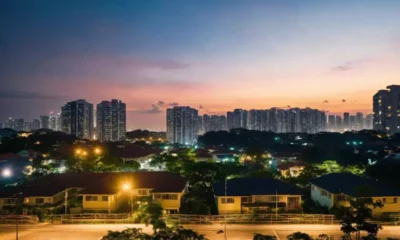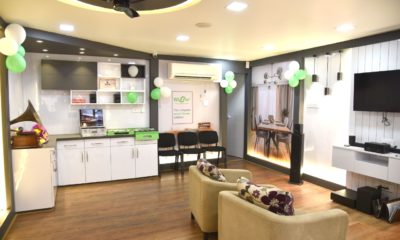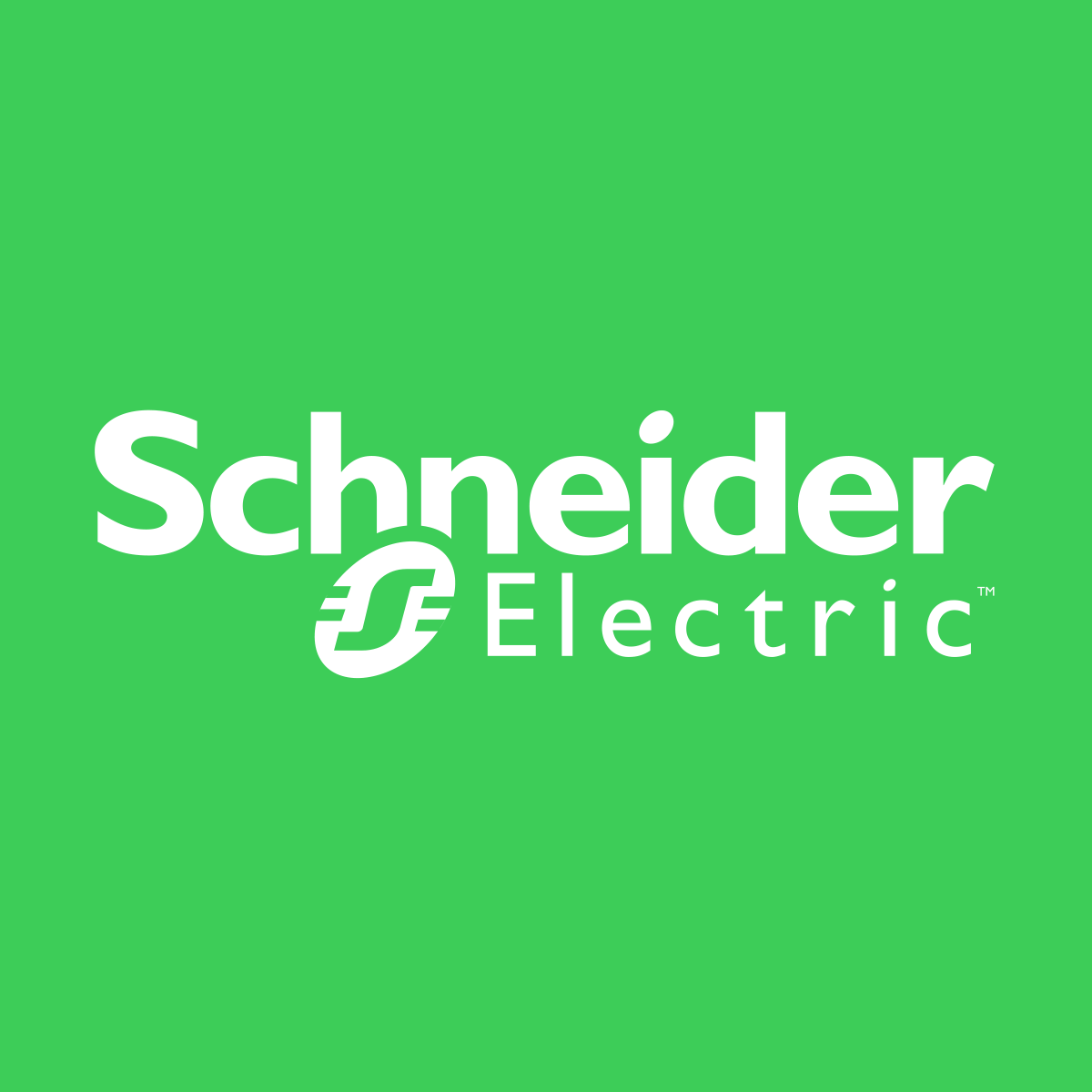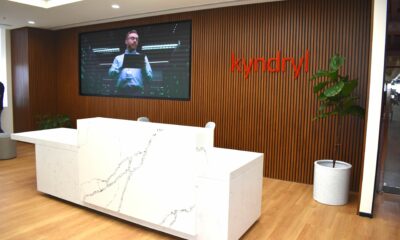Main
Schneider Electric expands its IoT-enabled offerings to tap the $30 billion market for green buildings
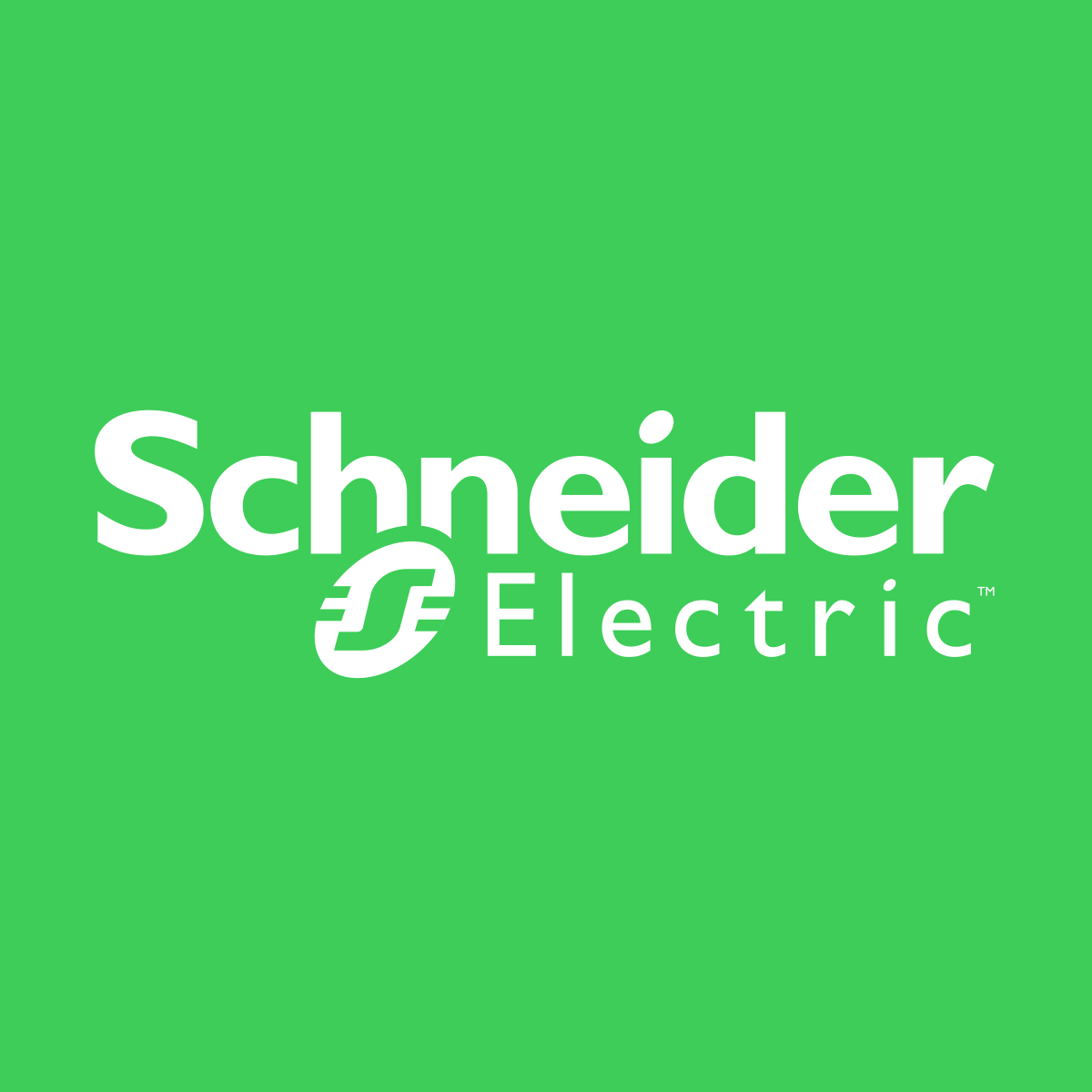

In line with the government’s initiatives for promoting green buildings in India, Schneider Electric – the global specialist in energy management and automation, today announced its commitment towards making buildings in India ‘energy efficient’ through its suite of new IoT-enabled technologies and solutions. The company today announced and showcased its EcoStruxure platform, which combines advancements in IoT, mobility, sensing, cloud, analytics, and cybersecurity technologies – which will go a long way in saving cost and energy for all-size buildings such as offices, hospitals, airports, hotels etc. The solution will also be applicable to the residential segment, especially the home automation segment, the market for which is expected to be more than Rs. 30,000 crore by 2022.
Schneider Electric recently became the first company in India to introduce the most comprehensively tested APFC panels for buildings, fully compliant with international safety certifications like IEC 61921 and IEC 61439-1 & 2. VarSet has been specially designed to improve energy efficiency by up to 30% for buildings in industries like F&B, pharma, FMCG, auto, IT, marine, cement and mining.
Schneider’s launch of new innovative products to promote green buildings comes in the light of the Energy Conservation Building Code 2017 (ECBC 2017) recently launched by the Ministry of Power, in association with Bureau of Energy Efficiency (BEE), mandating the energy performance standards for new commercial buildings to be constructed across India. The adoption of ECBC 2017 is estimated to translate into a 50% reduction in energy use by 2030. This will help save about 300 Billion Units of energy by 2030 and peak demand reduction of over 15 GW in a year. This will be equivalent to expenditure savings of Rs. 35,000 crore and 250 million tonnes of CO2 reduction.
Commenting on the launch of its EcoStruxure platform for buildings, Anil Chaudhry, Managing Director and Country President, Schneider Electric India, said, “We are keen to support the government in achieving its energy efficiency vision for buildings. Globally, buildings contribute close to 40% of CO2 emissions, which is mostly invisible but inspire us to formulate strategies to mitigate the harmful effects of climate change. Schneider Electric is committed to make buildings in India safe, reliable, efficient, productive and green through our IoT-enabled EcoStruxure solutions for building automation & security, critical power and cooling and low and medium voltage power.”
As per the industry reports, India’s green building market, in the new building segment, is projected to be in the range of US$ 30-40 billion, with a 20% growth over the next three years, mainly because of environmental regulation and rising demand. The National Housing Bank (NHB) estimates India’s real estate sector to surpass US$ 150 billion by 2020 on the back of initiatives such as smart city mission. Green buildings being a special segment of the real estate industry and ongoing trends of promotion of sustainable development, a substantial part of the real estate market is going to be in green building sector. Globally, an increase in consumer demand has pushed the green building market to a trillion-dollar industry, a surge that has led to a corresponding increase in the scope and size of the green building material market, which is expected to reach USD 234 billion by 2019.
Given the government’s thrust on infrastructure development and increasing urbanisation, almost three fourth of the buildings to be constructed in India by 2030 are yet to be built. With the awareness about green buildings on the rise, along with favorable policies, a major portion of these buildings will be green buildings.
-



 Interviews4 weeks ago
Interviews4 weeks agoHigh Rental Yield, Price Appreciation, Stable Growth, Make Sydney an Ideal Realty Investment Option: Haansal Estate
-



 News3 weeks ago
News3 weeks agoManasum Senior Living Launches IKIGAI GOA, A Senior Living Community in North Goa, in collaboration with Prescon Homes
-



 News2 weeks ago
News2 weeks agoKW Delhi 6 Mall Onboards New Brands
-



 News1 week ago
News1 week agoGodrej Properties Sells Rs 3k cr+ Homes of Godrej Zenith, Gurugram, within 3 days
-



 News3 weeks ago
News3 weeks agoBridging India Divide: Top 5 Tier- 2 Cities to Focus On
-



 News2 weeks ago
News2 weeks agoCommercial Realty Gets Tech Savvy: Fast Construction, Enhanced Convenience
-



 News3 weeks ago
News3 weeks agoMultipoint Connection – A Definite Boon
-



 News2 weeks ago
News2 weeks agoRBI’s Status Quo on Key Policy Rates to Help Maintain the Real Estate Growth Momentum, Say Industry Stalwarts







